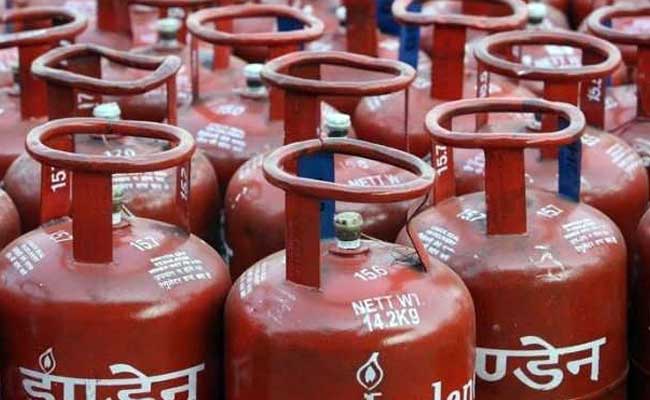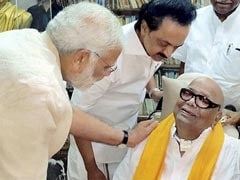Non-subsidised LPG cylinder rates
Therefore, from this month, consumers in Delhi have to shell out an additional Rs 93 per cylinder for non-subsidised LPG. Similarly, in Kolkata, non-subsidised LPG rate has risen by Rs 94 per cylinder. In Mumbai and Chennai, the non-subsidised LPG prices have increased by Rs 93.5 per cylinder.
Subsidised LPG gas cylinder price
Subsidised LPG cylinder rates in the four metro cities are Rs 495.69 per cylinder in Delhi, Rs 498.43 in Kolkata, Rs 498.38 in Mumbai and Rs 483.69 in Chennai, Indian Oil Corp - the largest fuel retailer in the country - said on its website. That compares with the subsidised LPG rates of Rs 491.13, Rs 493.83, Rs 493.8 and Rs 479.11 per cylinder before the latest round of revision. Therefore, subsidised LPG cylinder prices effective November 1 are higher about Rs 4.6 per cylinder (14.2 kg) compared to previous rates.
Every household in the country is entitled to 12 cylinders of 14.2-kg each at subsidised rates in a year. Any requirement beyond that is to be purchased at market price (non-subsidised LPG rates).
Petrol rates
Petrol prices were increased by around 13-15 paise per litre on Monday. In the metro cities, petrol retailed at Rs 69.69 per litre in Delhi, Rs 72.44 per litre in Kolkata, Rs 76.79 per litre in Mumbai and Rs 72.23 in Chennai effective 6 am November 6, according to the IOC website. The previous day, petrol retailed at Rs 69.55, Rs 72.31, Rs 76.65 and Rs 72.08 per litre respectively.
Diesel rates
Diesel rates were raised by 8-9 paise per litre across the four metro cities. Effective 6 am November 6, diesel retailed at Rs 58.16 per litre in Delhi, Rs 60.82 per litre in Kolkata, Rs 60.78 per litre in Mumbai and Rs 61.25 per litre in Chennai, according to Indian Oil. Diesel rates the previous day were Rs 58.08 per litre in Delhi, Rs 60.74 per litre in Kolkata, Rs 60.69 per litre in Mumbai and Rs 61.16 per litre in Chennai.
Daily petrol, diesel revisions
Petrol and diesel rates are revised at 6 am daily. Oil retailers adopted a daily price revision system from June 16, 2017, to immediately pass on any movement in international oil prices to consumers and avoid sharp spikes by spreading them in small doses.
(With inputs from PTI)














